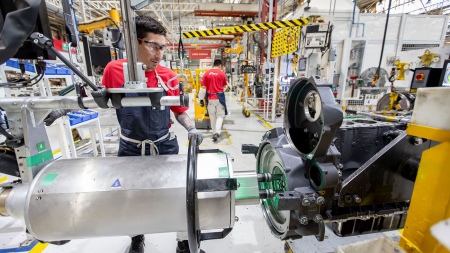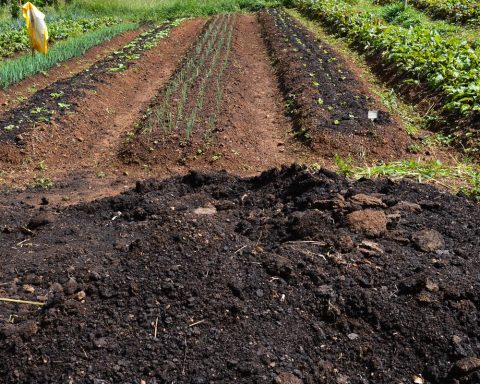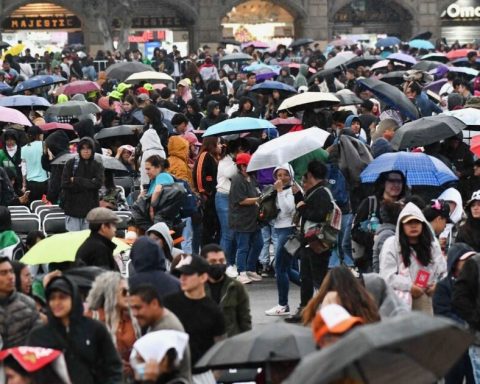In the context of a profound slowdown in the global economy, the World Bank estimated that the Argentina will grow 2% in 2023, while the other two large economies in the region, Brazil and Mexicothey will do so at 0.8 and 0.9 percent respectively.
This was indicated in his latest report on ‘Global Economic Outlook: Latin America and the Caribbean’released this Tuesday, where it projects that growth in Latin America will slow down sharply, from 3.6% in 2022 to 1.3% in 2023, and that it will recover to 2.4% in 2024.
The Bank modified the projections downwards due to the persistence of world inflation and the policies of central governments to combat themamong them, the sharp rise in interest rates that occurred in the United States and Europe, which will still have an impact on the economies during 2023.
The crises that defined 2022 continue to have an effect on the #GlobalGrowth. The world’s largest economies have slowed sharply.
A moderate hit to the world economy over the next year could drive it into #recession.
Data ⬇️ #YearSummary
— World Bank (@WorldBank) January 8, 2023
According to the entity, “Latin America and the Caribbean (LAC) has grown by 3.6% in 2022where the solid expansion in the first half of the year was mainly driven by consumption, supported by recovery in labor markets.”
However, he added, “Activity weakened late last year as slowing global growth and tightening financial conditions began to take effect, with inflation rising in 2022, reaching multi-decade highs in many countries.”
“The slowdown reflects the efforts of the monetary authorities to control inflation, and the spillover effects of a weak global outlook. Slow growth in the United States and China is expected to reduce demand for exports, while the increase in US interest rates. maintain restrictive financial conditions,” the Washington-based agency said in a new report.
In this sense, the slow global growth is expected to weigh on the prices of raw materials, weakening the terms of South America.

The analysis for Argentina and the region
The effect of domestic inflation and external factors (“external headwings”) would influence the country’s growth, projected at 2%, according to the World Bank.
The entity also stated that the plans to carry out the expansion of the Néstor Kirchner gas pipeline “it would benefit in the fiscal field and in the current account of Argentina, thanks to the drop in energy imports.”
However, he indicated that “the context is highly challenging given the need to reduce inflation from levels above 80%, and to let the peso depreciate and reform energy subsidies.”
Meanwhile, it is expected that Brazil grow 0.8% in 2023, as high interest rates hold back investment and export growth.

Also, it is expected that Mexicoanother of the region’s largest economies, “expands 0.9% this year, as tight monetary conditions, stubbornly high inflation and weaker exports constrain activity.”
The multilateral organization led by David Malpass considers that “domestic inflation in LAC could be more persistent than anticipated, with the risk of an upward movement in the long term of inflation expectations”and considered that controlling price rises in a lasting manner “could require additional interest rate increases.”
Finally, the World Bank noted that “the reference forecast indicates a stagnation of the standard of living in the first half of the 2020s, with an average per capita GDP growth of 0.6% per year during 2020-2024 “.
Consequently, He noted that “this could make it more difficult to fight a wide range of social problems, worsening the barriers to sustained and inclusive development in Latin America.”
Finally, he indicated that the consequences of the war between Russia and Ukraine will continue to have an impact in the world in 2023 and “it is estimated that world growth will fall to 1.7%, below the 3% expected six months ago,” the Bank concluded. World.


















